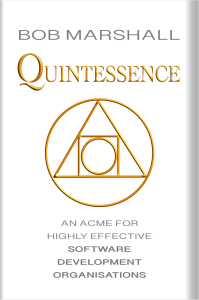Innovation Revolution: How a Culture Change Can Ignite Breakthroughs
The Thinking Environment is a concept which aims to promote the creation of spaces enabling people to think more effectively and creatively. It’s based on the idea that the quality of a person’s thinking is directly related to the quality of the attention they receive. (Note the resonance with the #AntimatterPrinciple – Attend to Folks’ Needs).
The Thinking Environment is built on a set of ten principles, which include giving attention, asking incisive questions, giving equal turns, and appreciating diversity. These principles are designed to create a space where people feel safe and valued, and where they can engage in deep, reflective thinking. The goal is to create a collaborative space where people can share their ideas, explore new possibilities, and solve problems together.
One of the key principles of the Thinking Environment is the idea of giving attention. This means that when someone is speaking, everyone else in the group is focused on listening and understanding what they are saying. This helps to create a sense of safety and trust, which in turn encourages people to speak more openly and honestly. When people feel that they are being heard and understood, they are more likely to engage in creative thinking and problem-solving.
Another important principle of the Thinking Environment is asking incisive questions. These are questions that are designed to help people think more deeply and critically about a particular issue. By asking incisive questions, facilitators can help to expand people’s thinking and encourage them to consider new possibilities.
The Thinking Environment is also characterised by giving equal turns. This means that everyone in the group has an opportunity to speak and contribute their ideas. This helps to ensure that everyone’s perspective is valued and that no one person dominates the conversation.
Finally, the Thinking Environment invites appreciation of diversity. This means that differences in opinions, experiences, and backgrounds are seen as a strength rather than a weakness. By embracing diversity, the Thinking Environment creates a space where people can learn from one another and gain new perspectives on complex issues.
Overall, the Thinking Environment is a powerful tool for fostering creativity, collaboration, and innovation. By creating a space where people feel safe, valued, and heard, it helps to unlock the full potential of individuals, teams and organisations. It’s a framework that can be applied in a wide range of settings, from business meetings to classrooms, and it has the potential to transform the way we think and work together.



